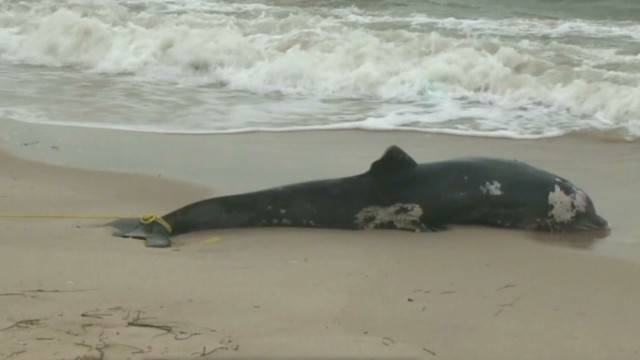Matt and I left the heat of the home and hit our favorite beach yesterday, nearby the house....
There were Dolphin in the Penobscot Bay....we have been going to this beach for the past 5 years and have never once seen Dolphin up here! The last time we saw Dolphin was when we lived in Florida, 15 years ago!
Then we spotted a seal too!
It was very hard to get any good pictures, we took maybe 100 pictures of them swimming and feeding and maybe 5 came out, and poorly at that....they were so fast, by the time the camera snapped they were back down in to the water again.
Also had a very productive day with collecting sea glass...probably found over 60 pieces of it yesterday! Our beaches are all rocks and stones up here, so by the time sea glass is found, it is usually well beaten up and frosted over completely!
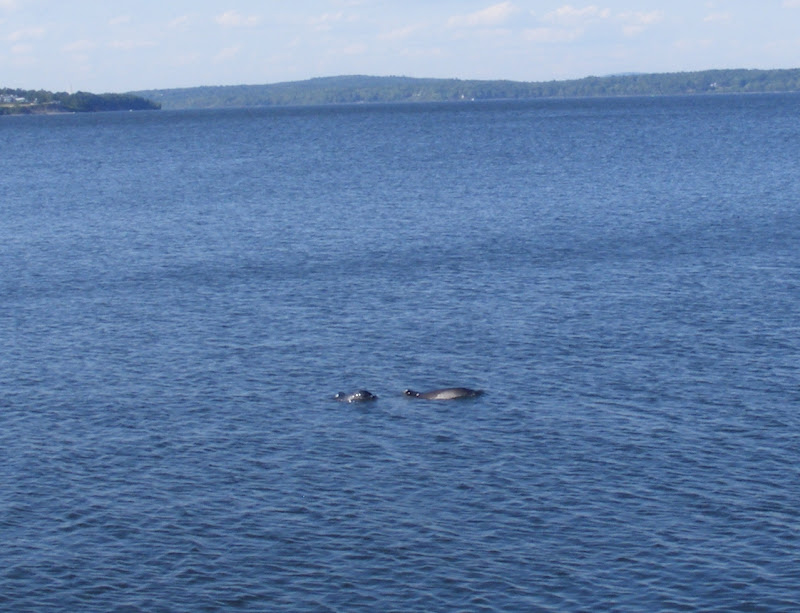
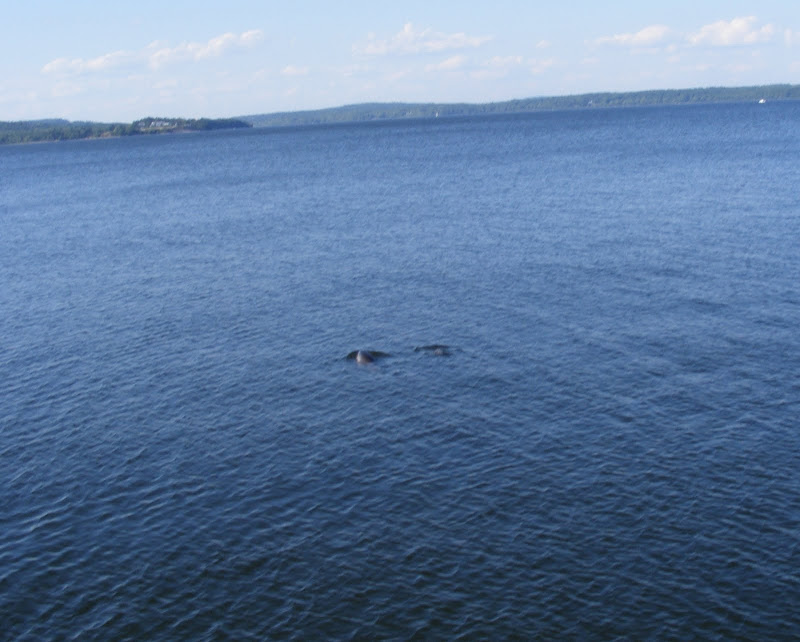
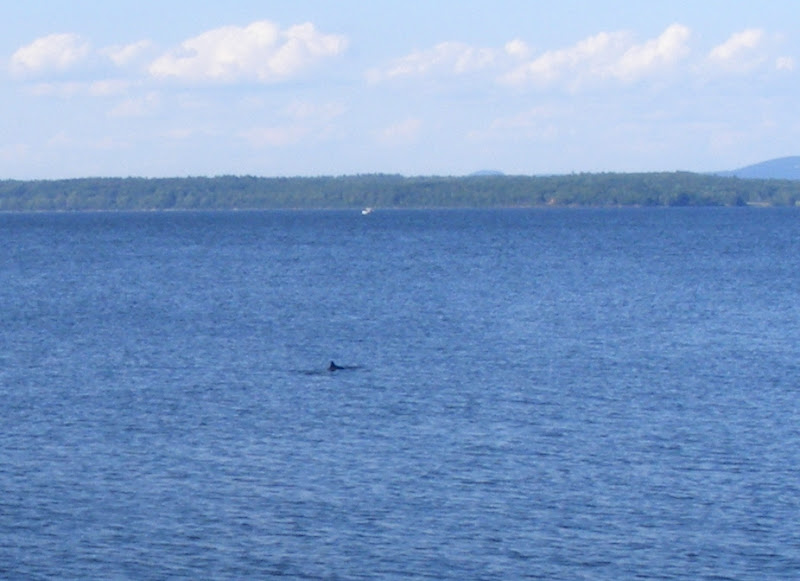
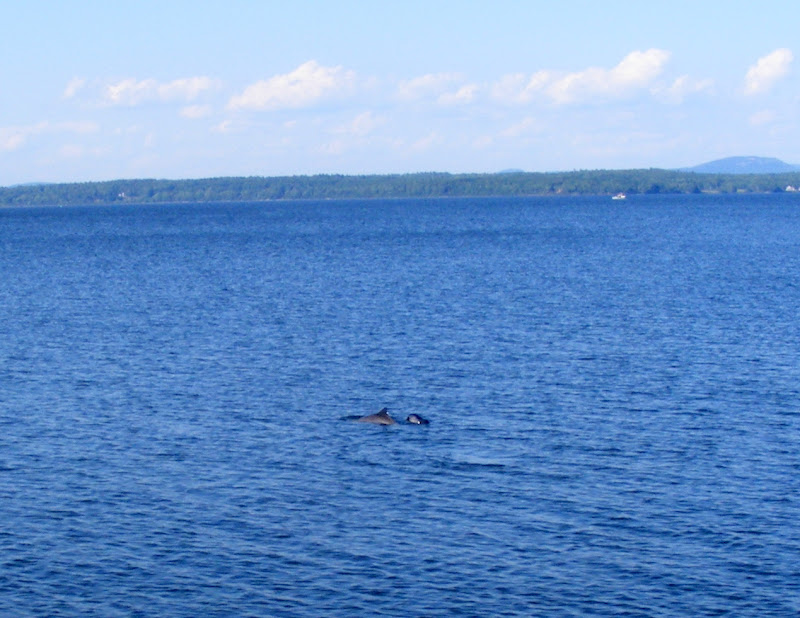
We sat right here for most of the day just watching them....it's a lovely spot!
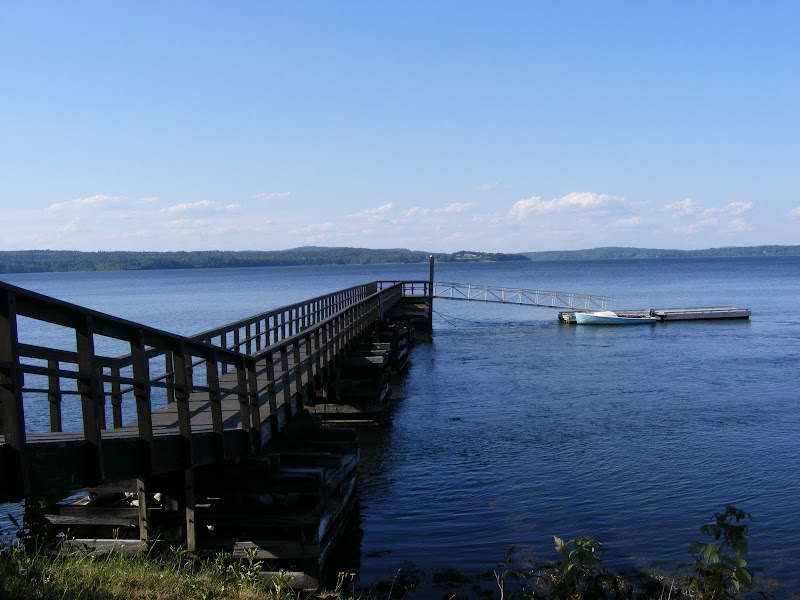
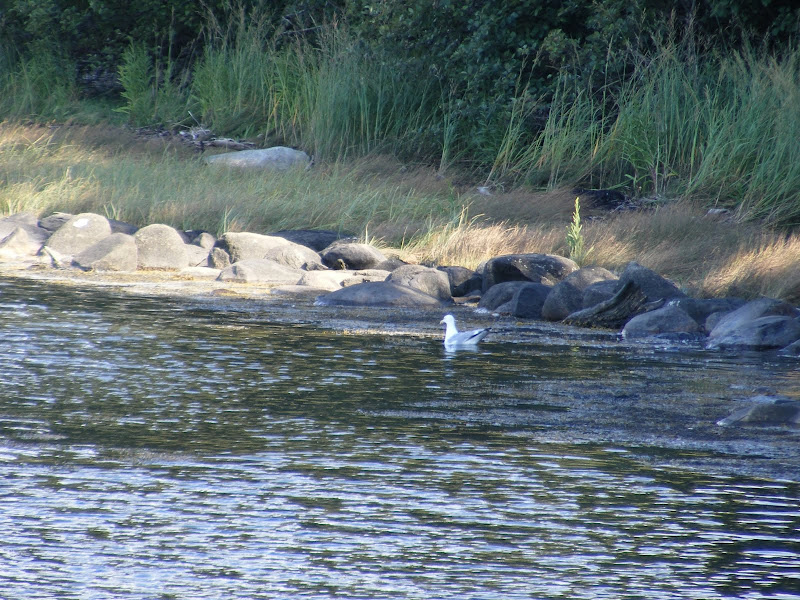
Here is the seal....he didn't come out that good, sorry....
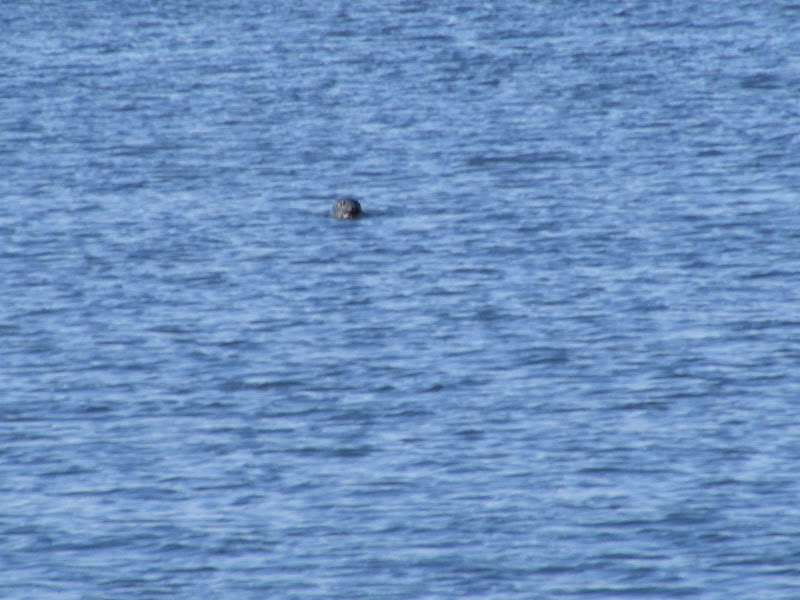
Here is a pic of the seals last year at the same spot, just baking in the sun!
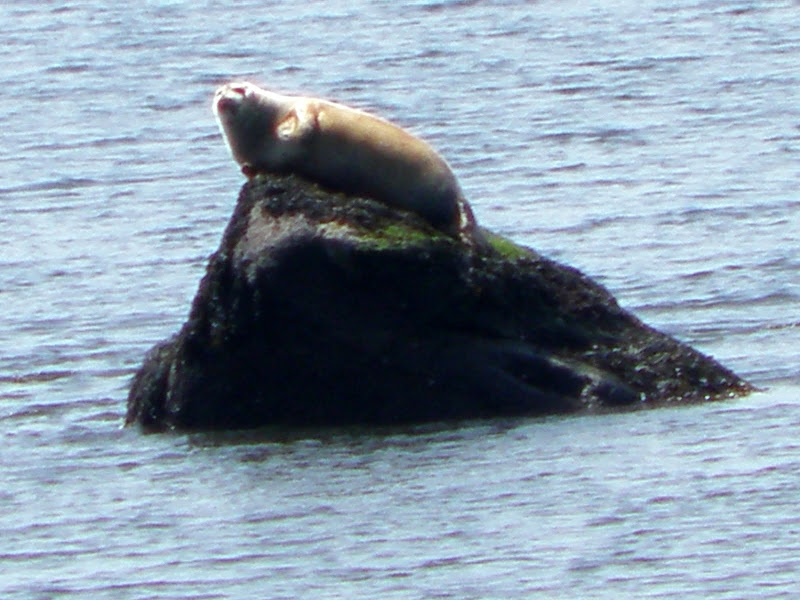


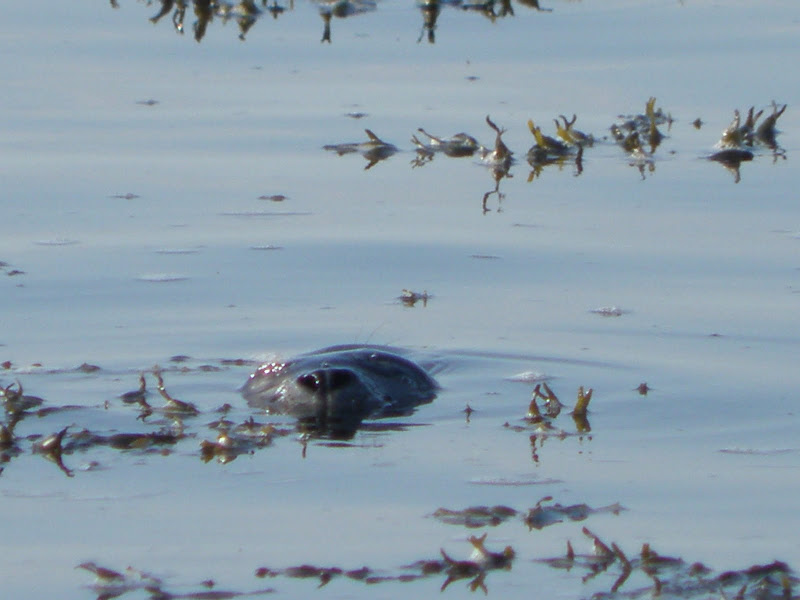
There were Dolphin in the Penobscot Bay....we have been going to this beach for the past 5 years and have never once seen Dolphin up here! The last time we saw Dolphin was when we lived in Florida, 15 years ago!
Then we spotted a seal too!
It was very hard to get any good pictures, we took maybe 100 pictures of them swimming and feeding and maybe 5 came out, and poorly at that....they were so fast, by the time the camera snapped they were back down in to the water again.
Also had a very productive day with collecting sea glass...probably found over 60 pieces of it yesterday! Our beaches are all rocks and stones up here, so by the time sea glass is found, it is usually well beaten up and frosted over completely!
We sat right here for most of the day just watching them....it's a lovely spot!
Here is the seal....he didn't come out that good, sorry....
Here is a pic of the seals last year at the same spot, just baking in the sun!
Last edited:
